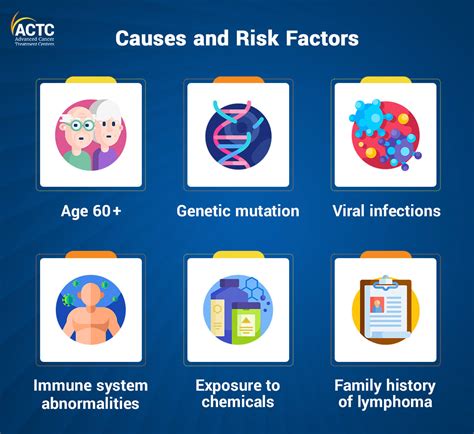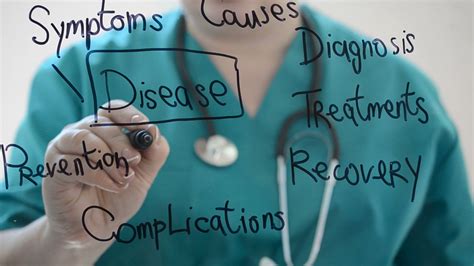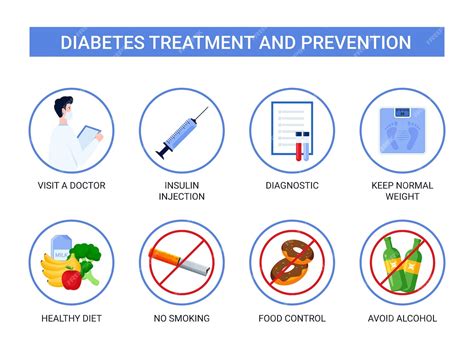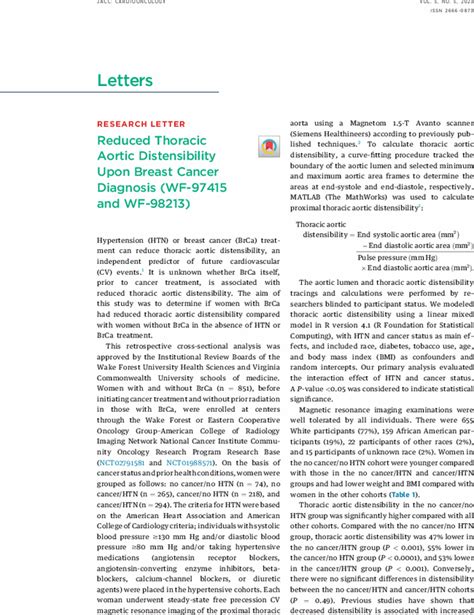Intro
Discover the causes, symptoms, and treatment of Hand Foot Mouth Disease, a contagious viral illness affecting children, characterized by sores, rashes, and fever, with key prevention strategies and home remedies for relief.
Mouth foot hand disease, also known as hand, foot, and mouth disease (HFMD), is a common viral illness that affects individuals of all ages, but it is most prevalent among children under the age of 10. The disease is characterized by the appearance of sores in the mouth and a rash on the hands and feet. HFMD is highly contagious and can spread quickly through close contact with an infected person or through contaminated surfaces and objects. In recent years, there has been an increase in the number of reported cases of HFMD, making it essential to understand the causes, symptoms, and treatment options for this disease.
The importance of understanding HFMD cannot be overstated, as it can have significant consequences for individuals, families, and communities. For instance, HFMD can lead to school and daycare closures, causing disruptions to daily life and economic activities. Moreover, in severe cases, HFMD can lead to complications such as dehydration, respiratory problems, and even meningitis. Therefore, it is crucial to take preventive measures and seek medical attention immediately if symptoms persist or worsen over time. By understanding the causes, symptoms, and treatment options for HFMD, individuals can take proactive steps to protect themselves and their loved ones from this highly contagious disease.
HFMD is typically caused by a virus, with the most common culprits being coxsackievirus A and enterovirus 71. These viruses can spread through direct contact with an infected person's saliva, mucus, or feces, as well as through indirect contact with contaminated surfaces and objects. The incubation period for HFMD is usually between 3 to 7 days, during which time the individual may not exhibit any symptoms. However, once the symptoms appear, they can be severe and debilitating, making it essential to seek medical attention promptly.
Causes and Risk Factors

Some of the common risk factors for HFMD include:
- Age: Children under the age of 10 are most susceptible to HFMD
- Weakened immune system: Individuals with a weakened immune system are more likely to contract HFMD
- Poor hygiene: Failure to practice good hygiene, such as washing hands regularly, can increase the risk of contracting HFMD
- Close contact: Close contact with an infected person can increase the risk of contracting HFMD
- Poor sanitation: Areas with poor sanitation and hygiene can facilitate the spread of HFMD
Symptoms and Diagnosis

Diagnosing HFMD can be challenging, as the symptoms can be similar to those of other diseases. However, a healthcare professional can typically diagnose HFMD based on a physical examination and a review of the individual's medical history. In some cases, a healthcare professional may order laboratory tests, such as a throat swab or stool sample, to confirm the diagnosis.
Types of HFMD
There are several types of HFMD, including: * Coxsackievirus A: This is the most common cause of HFMD and is typically mild * Enterovirus 71: This type of HFMD can be more severe and is often associated with neurological complications * Other enteroviruses: Other enteroviruses, such as coxsackievirus B and echovirus, can also cause HFMDTreatment and Prevention

Preventing the spread of HFMD is crucial, and there are several steps that can be taken to reduce the risk of transmission. These include:
- Washing hands regularly with soap and water
- Avoiding close contact with individuals who are infected with HFMD
- Cleaning and disinfecting surfaces and objects that may be contaminated with the virus
- Avoiding sharing food, drinks, or utensils with individuals who are infected with HFMD
Complications and Long-term Effects
In rare cases, HFMD can lead to complications, such as: * Dehydration: This can occur if the individual is unable to drink enough fluids to replace those lost due to fever, sweating, and vomiting * Respiratory problems: In severe cases, HFMD can lead to respiratory problems, such as pneumonia or bronchiolitis * Meningitis: This is a rare but serious complication of HFMD, which can lead to inflammation of the membranes surrounding the brain and spinal cord * Long-term effects: In some cases, HFMD can lead to long-term effects, such as nail loss or skin discolorationManagement and Prognosis

The prognosis for HFMD is generally good, with most individuals making a full recovery within 7-10 days. However, in rare cases, HFMD can lead to long-term effects, such as nail loss or skin discoloration. It is essential to seek medical attention promptly if symptoms persist or worsen over time, as early treatment can help prevent complications and improve outcomes.
Current Research and Developments
There is ongoing research into the causes, symptoms, and treatment options for HFMD. Some of the current areas of research include: * Developing new diagnostic tests to improve the accuracy and speed of diagnosis * Investigating the use of antiviral medications to treat HFMD * Developing vaccines to prevent HFMD * Understanding the genetic factors that contribute to the development of HFMDWhat are the symptoms of hand, foot, and mouth disease?
+The symptoms of hand, foot, and mouth disease include sores in the mouth, a rash on the hands and feet, fever, headache, and fatigue.
How is hand, foot, and mouth disease diagnosed?
+Hand, foot, and mouth disease is typically diagnosed based on a physical examination and a review of the individual's medical history. In some cases, laboratory tests, such as a throat swab or stool sample, may be ordered to confirm the diagnosis.
What are the complications of hand, foot, and mouth disease?
+In rare cases, hand, foot, and mouth disease can lead to complications, such as dehydration, respiratory problems, and meningitis. Long-term effects, such as nail loss or skin discoloration, can also occur.
How can hand, foot, and mouth disease be prevented?
+Hand, foot, and mouth disease can be prevented by practicing good hygiene, such as washing hands regularly, avoiding close contact with individuals who are infected, and keeping the affected area clean and dry.
What is the prognosis for hand, foot, and mouth disease?
+The prognosis for hand, foot, and mouth disease is generally good, with most individuals making a full recovery within 7-10 days. However, in rare cases, hand, foot, and mouth disease can lead to long-term effects, such as nail loss or skin discoloration.
In conclusion, mouth foot hand disease is a common viral illness that can have significant consequences for individuals, families, and communities. By understanding the causes, symptoms, and treatment options for this disease, individuals can take proactive steps to protect themselves and their loved ones. If you have any questions or concerns about mouth foot hand disease, please do not hesitate to reach out to a healthcare professional. Share this article with your friends and family to help spread awareness about this important topic.
